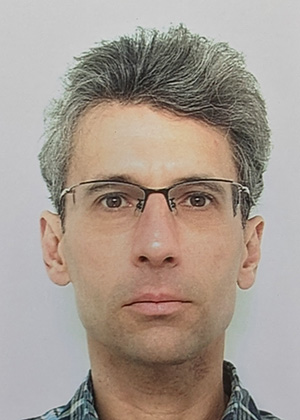USTC Astronomy Colloquium Series: 2024 Fall
GRBs @ TeV energies
Dmitriy Khangulyan 教授
高能物理研究所
2024/10/22, 4:00pm , the 19th-floor Observatory Hall

报告人:
Prof Dmitriy Khangulyan got his University (in 2000) and PhD (in 2003) degrees in Moscow Engineering Physics Institute (MEPhI) on theoretical physics. Between 2004 and 2010,he hold a postdoc position in Max-Planck Institute for Nuclear Physics (Heidelberg);between 2010 and 2015 he was a research fellow in Japanese Aerospace Exploration Agency (Sagamihara), after that he was in Rikkyo University (Tokyo), for the period between 2015 and 2023, and in May 2024 he started a professor position in IHEP (Beijing) and Tianfu CRRC (Chengdu).摘要:
Recently, the observational study of gamma-ray bursts (GRBs) in the very-high-energy (VHE) regime has advanced with several long-awaited detection with MAGIC, H.E.S.S., and LHAASO telescope systems. Currently, the list of GRBs with VHE emission measured with very high significance, 5, contains GRB 190114C, GRB 190829A, and GRB 221009A. Several more bursts were detected with lower significance or reported as source candidates. Detection of GRB afterglows in the VHE regime allows obtaining essential information on particle acceleration by relativistic shock waves. This makes GRB afterglows to be important sources for high-energy astrophysics and their studies have an exceptionally broad scope. Two detected GRBs provided us with exceptionally viable data because of the proximity (GRB 190829A) and record-breaking luminosity (GRB 221009A). In this case, Cherenkov detectors provide us with detailed spectral information and well-measured light curves. In the former case, one H.E.S.S. revealed an unexpectedly long signal duration, up to 56 hours after the trigger, and accurately measuredthe spectrum in a relatively broad energy interval, spanning between 0.18 and 3.3TeV. From the latter GRB, LHAASO detected more than 60,000 photons during the onset of the afterglow, which resulted in unprecedentedly accurate measurement of the light curve and VHE spectrum, which extends beyond 10TeV. The obtained temporal and spectral properties of the VHE emission challenged the earlier prediction and promoted further development of existing models and formulation of new approaches. In this talk and will review the key observational findingsand developments in the modeling. 邮编:230026 ,
邮编:230026 ,  联系电话: 0551-63601861
联系电话: 0551-63601861 Email:
Email: